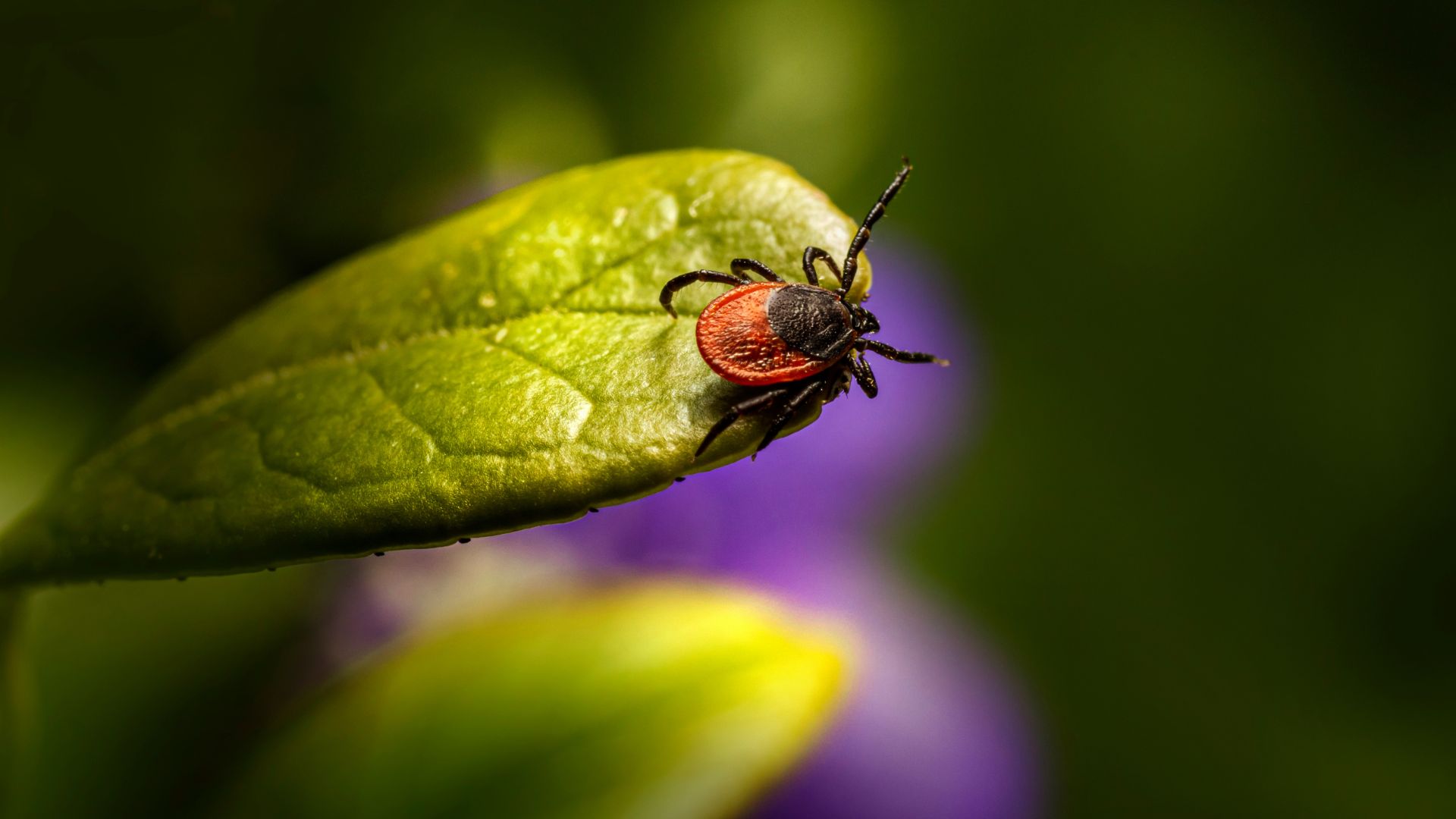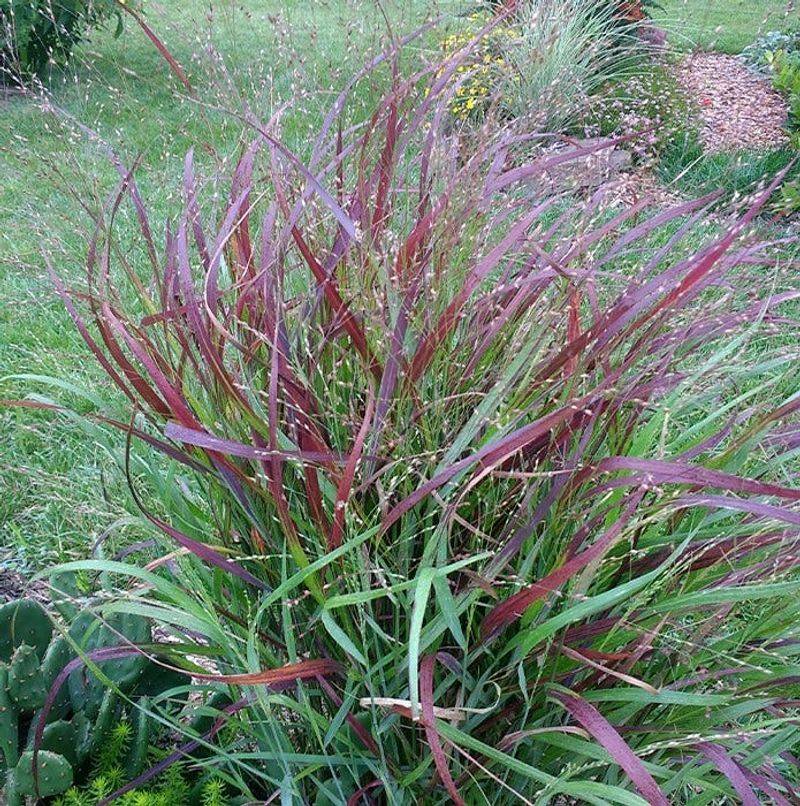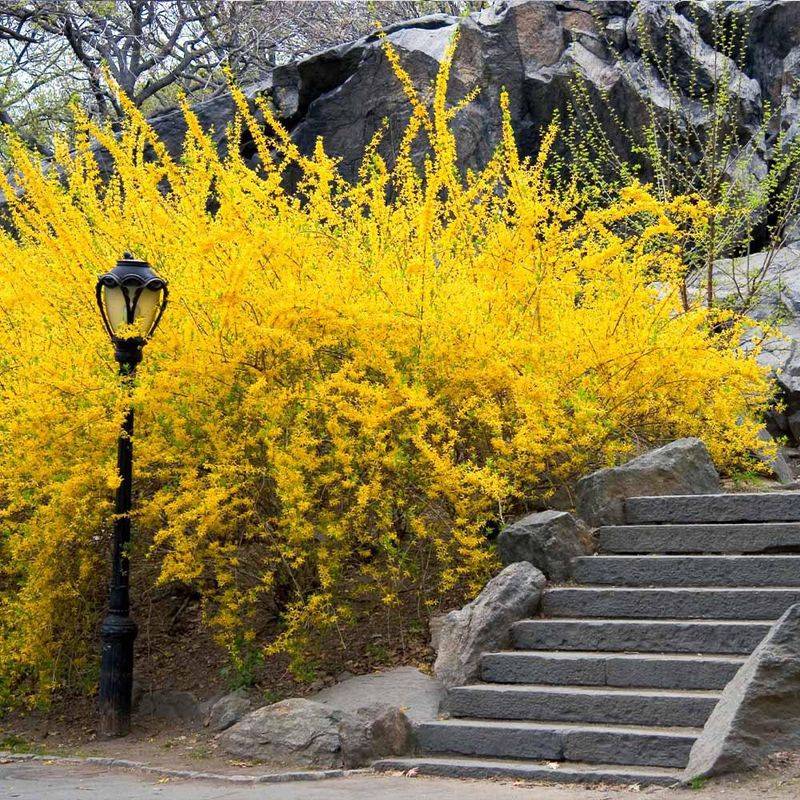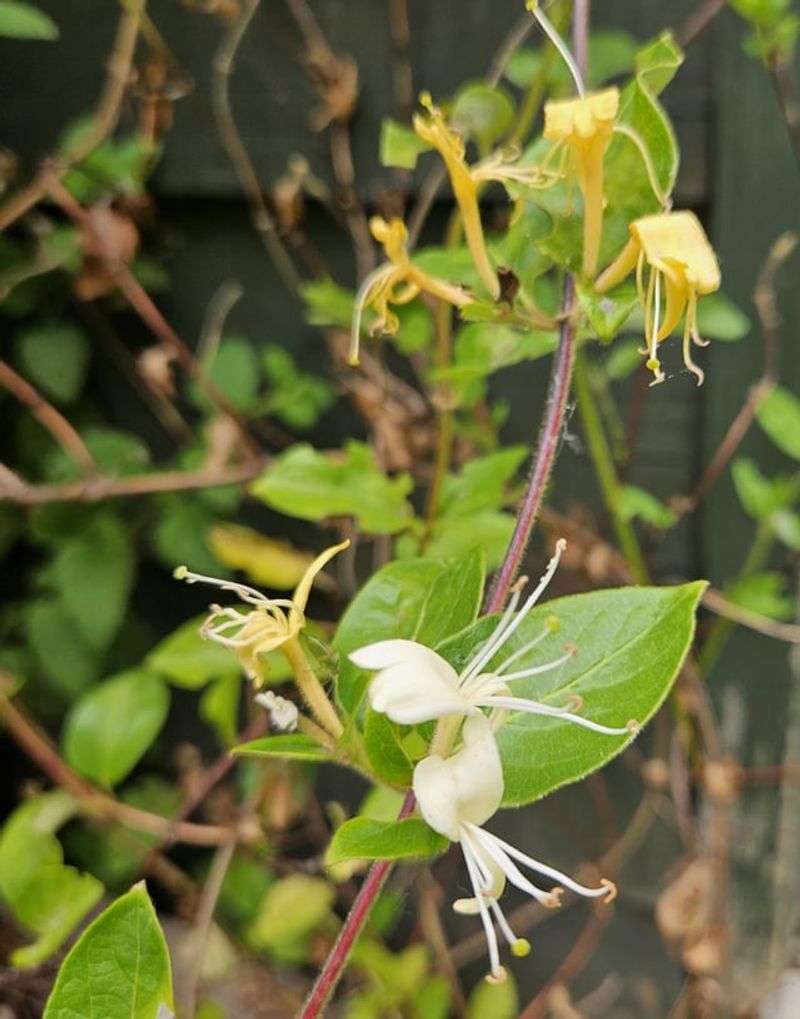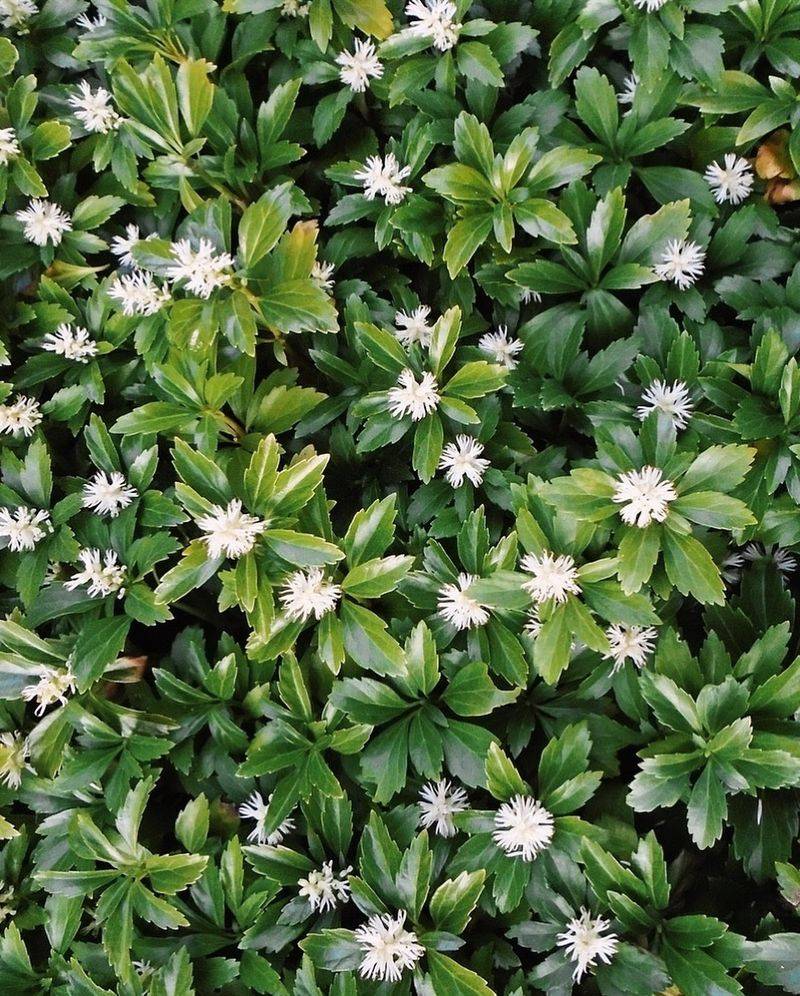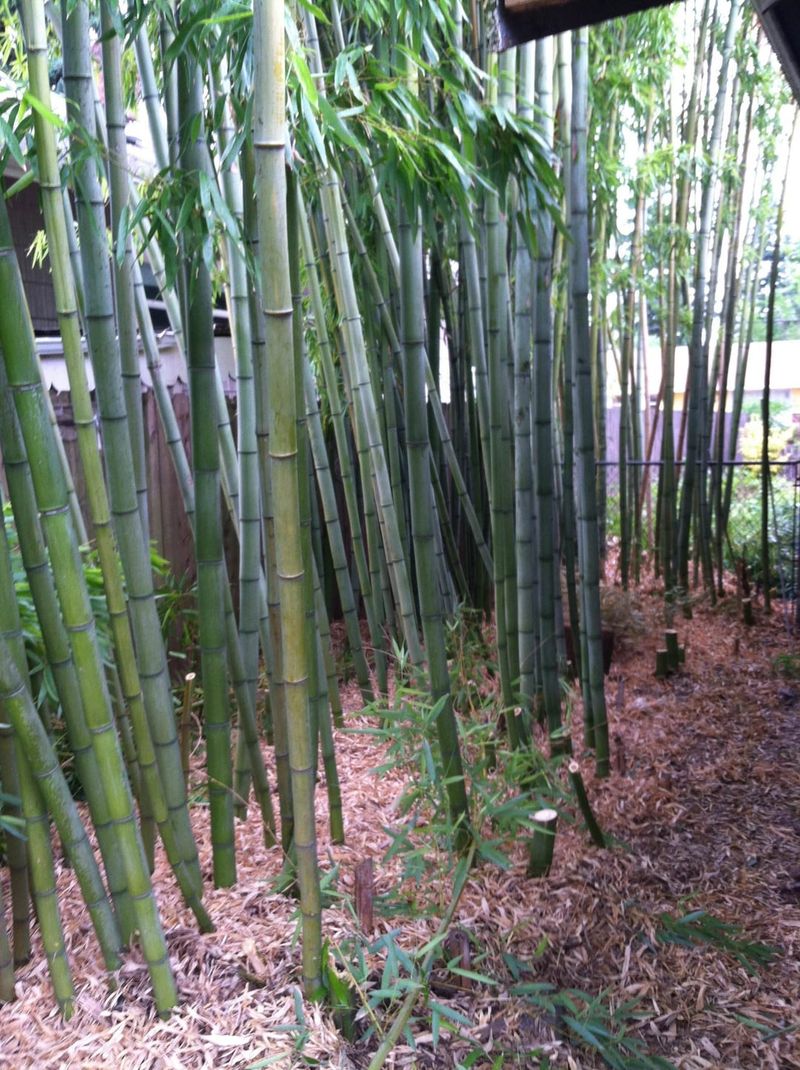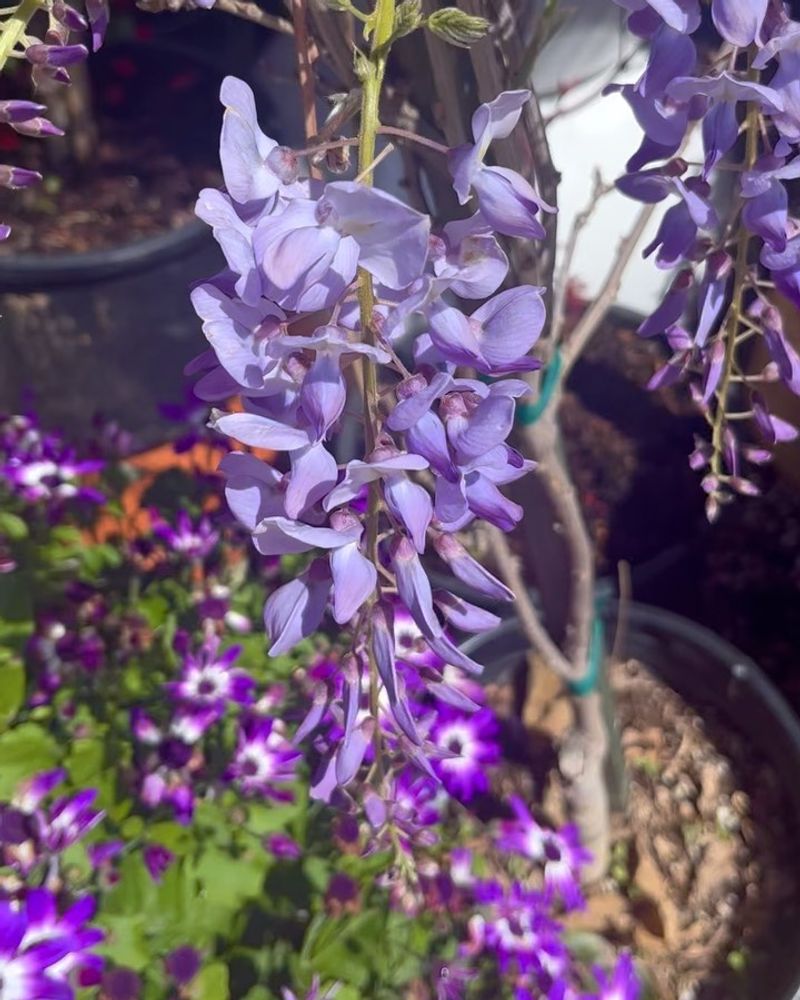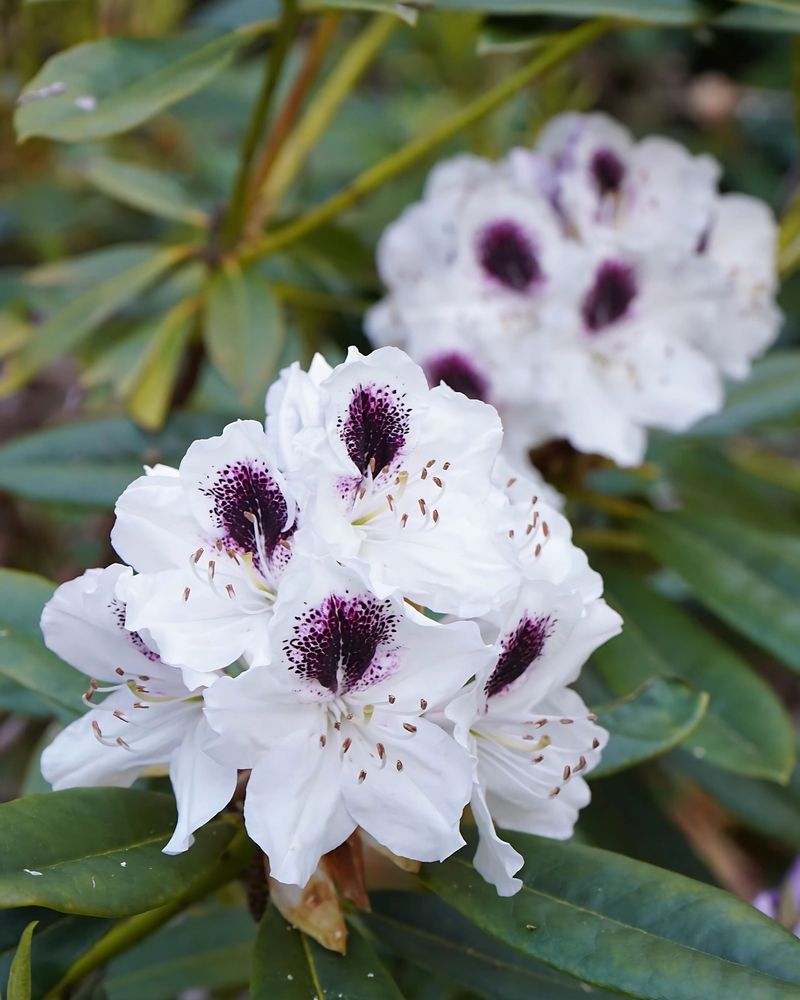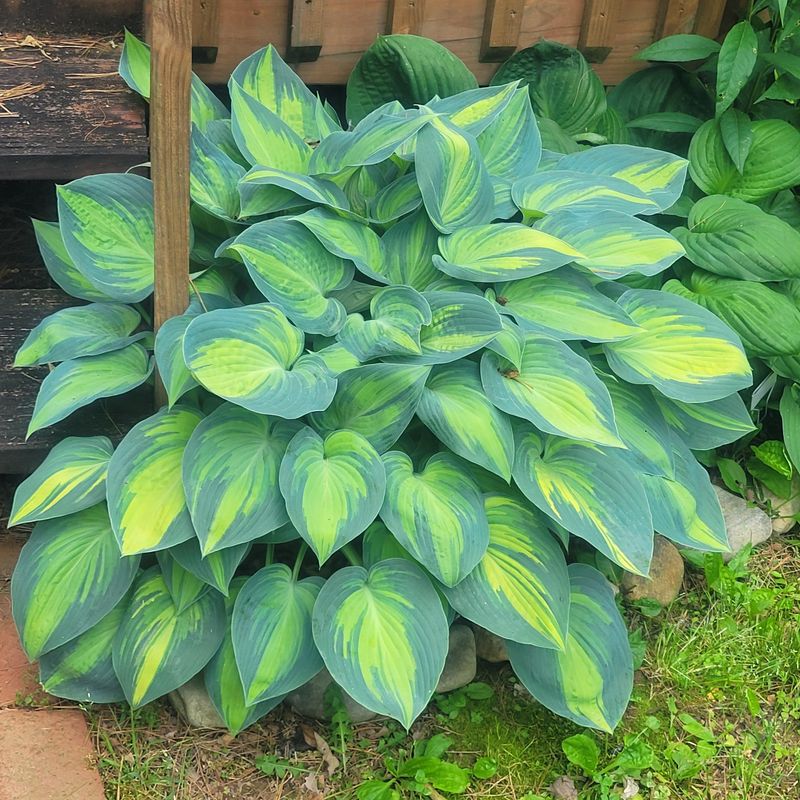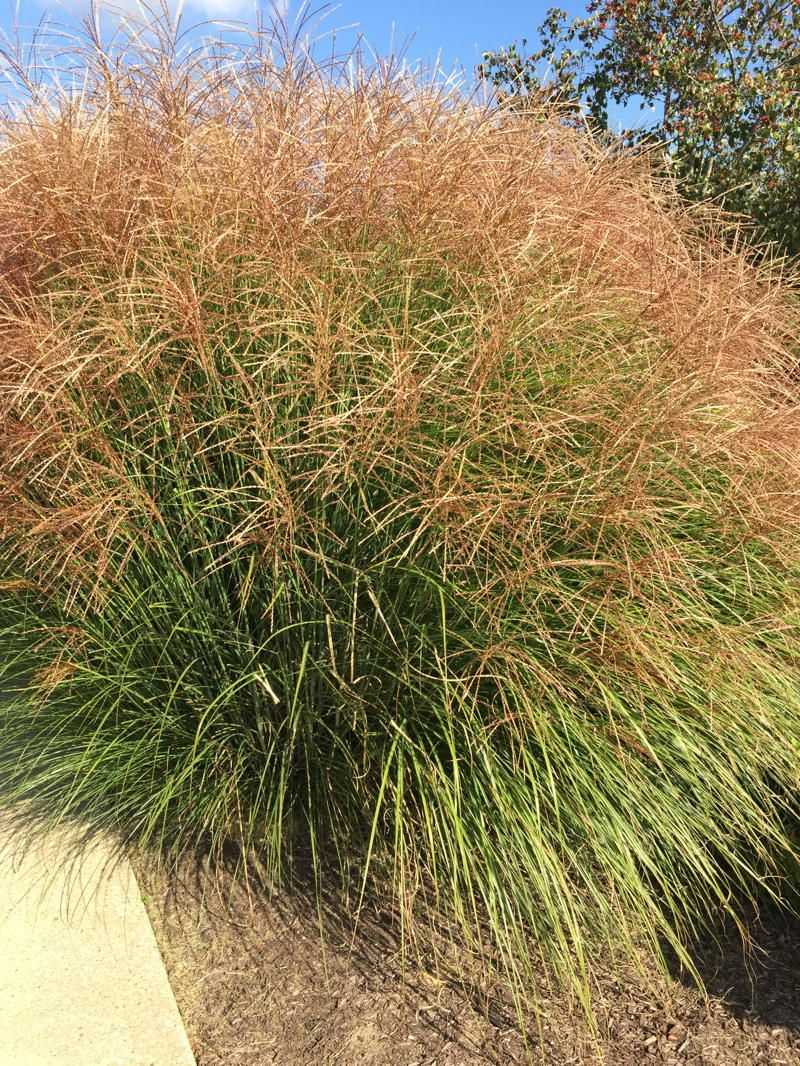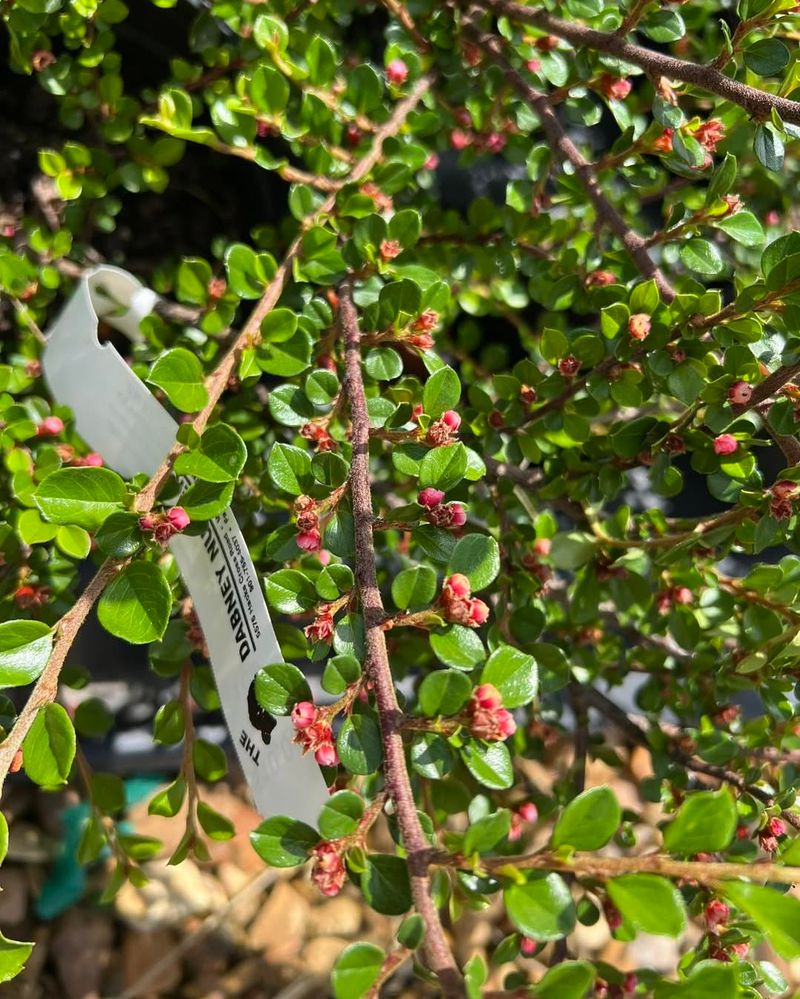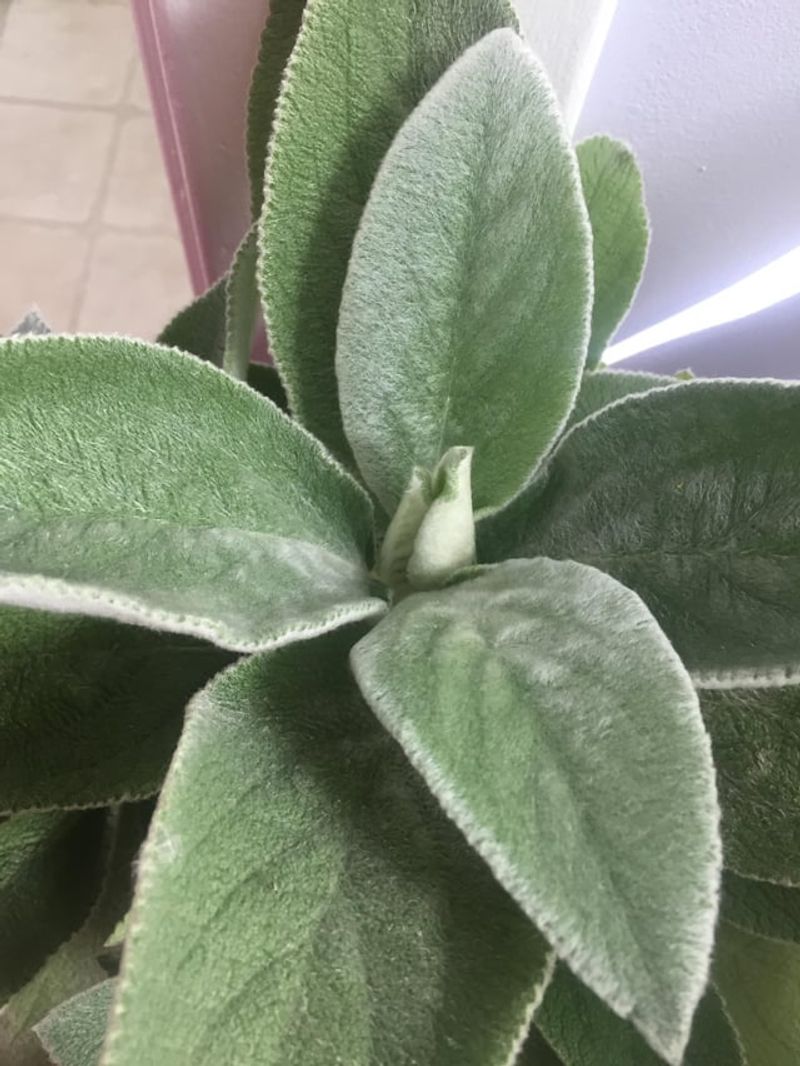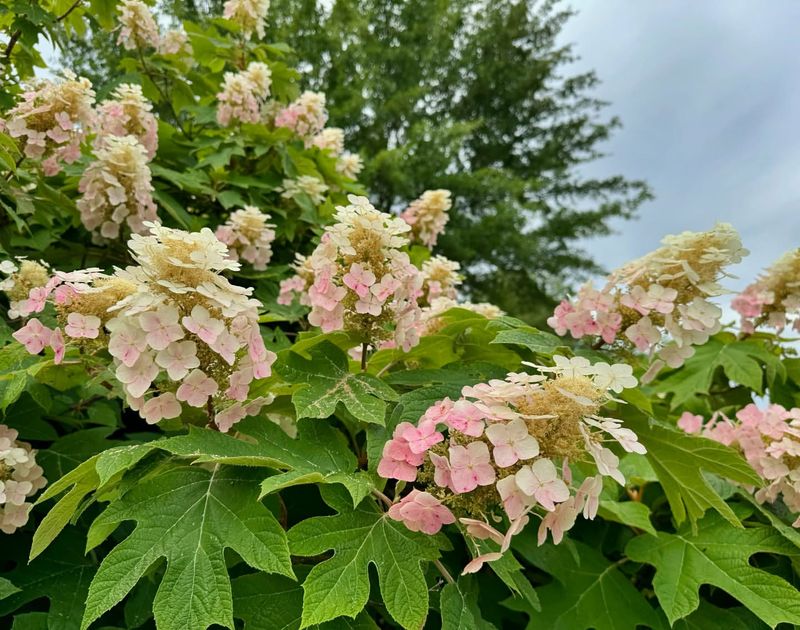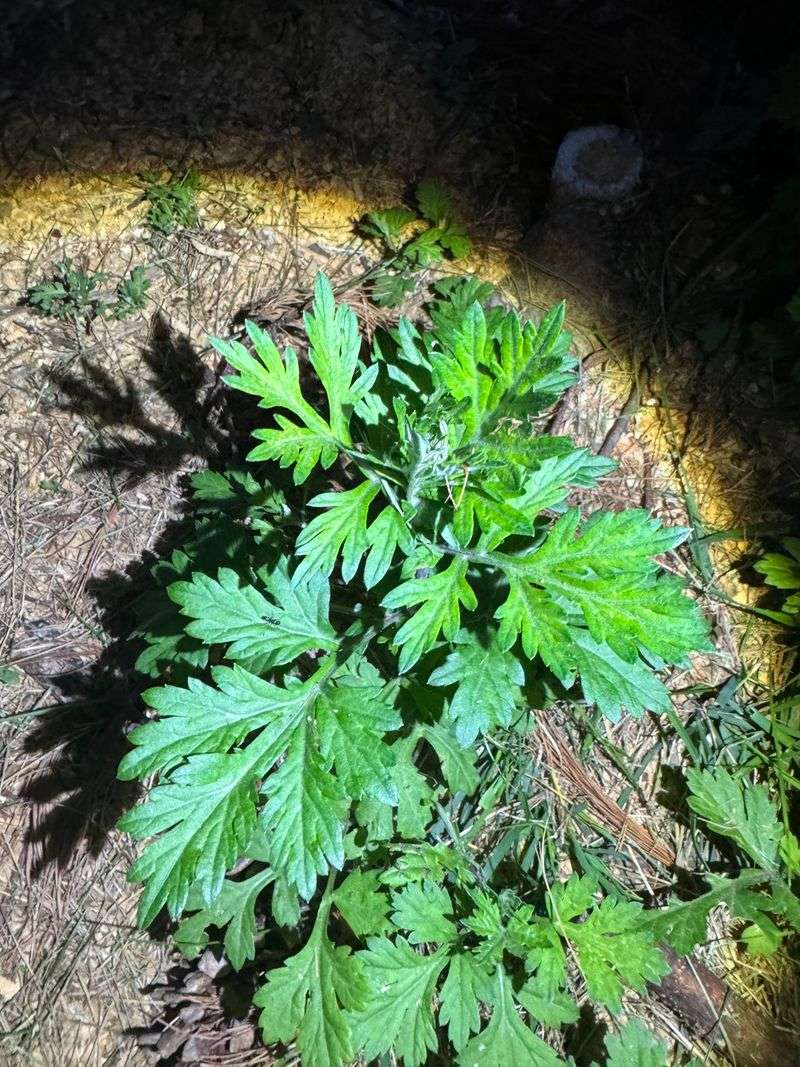A stunning yard shouldn’t double as a tick playground—but surprisingly, some popular landscape plants invite them in. Dense groundcovers like pachysandra or ivy create cool, shaded spots where ticks love to hide, making your outdoor space riskier than it looks.
Swapping those out for smarter choices can make a big difference. Consider tick-resistant alternatives like lavender, rosemary, or ornamental grasses—plants that still offer beauty without creating cozy tick hangouts. Plus, many of these double as pollinator-friendly and drought-tolerant options.
With a few smart substitutions, your yard becomes a safer haven for pets, kids, and your peace of mind. You still get the curb appeal, just with fewer creepy crawlies tagging along.
1. Japanese Barberry
The dense, thorny structure creates an ideal humid microclimate where ticks flourish. Studies have found areas with Japanese barberry have nearly three times more disease-carrying ticks than areas without it.
My neighbor removed all her barberry bushes last year after her dog kept getting ticks, and the difference was immediate. These invasive shrubs are actually banned in some states because of their tick-harboring tendencies.
For similar structure and visual appeal, plant Ninebark instead. It offers attractive foliage and flowers without creating the same tick-friendly environment, plus it supports beneficial insects that actually help control pest populations.
2. Tall Grasses
Ornamental varieties like pampas grass and fountain grass provide perfect hiding spots for ticks waiting to latch onto passing hosts. The long blades maintain humidity at ground level and create bridges for ticks to climb and wait for prey.
Growing these grasses near walkways or play areas dramatically increases the chance of tick encounters. During my landscape renovation, removing the tall grass patch by our patio eliminated what had been a tick hotspot.
Try low-growing sedges or fescues as alternatives. These shorter options provide similar texture and movement in the landscape without creating the tick-friendly environment that taller varieties do.
3. Forsythia
Those bright yellow spring blooms come with a hidden cost. Forsythia’s dense branch structure and tendency to form thickets creates ideal tick habitat, especially when the shrubs are allowed to grow untrimmed.
The shade and moisture retention underneath these bushes provides perfect conditions for ticks throughout their life cycle. When I finally removed the forsythia hedge along our property line, tick sightings dropped noticeably.
Winter jasmine offers similar early spring yellow flowers but with a more open growth habit that doesn’t shelter ticks as effectively. Its sprawling nature creates fewer of the dark, humid zones that ticks prefer for laying eggs and developing.
4. Japanese Honeysuckle
This invasive vine creates thick mats of vegetation that trap moisture and provide ideal tick habitat. The tangled growth pattern offers countless hiding spots for ticks at all life stages.
Many gardeners don’t realize that as honeysuckle spreads, it’s creating a tick superhighway through the yard. The worst tick infestation I ever experienced happened the summer after allowing honeysuckle to naturalize in our back border.
Native trumpet honeysuckle makes a wonderful substitute. It offers similar tubular flowers that attract hummingbirds but grows in a more controlled manner without creating the dense ground-level thickets where ticks thrive.
5. Pachysandra
This popular groundcover creates a continuous carpet that maintains high humidity at soil level—precisely what ticks need to prevent drying out. The broad leaves and dense growth pattern limit airflow and sunlight penetration.
Ground-dwelling mammals that carry ticks often make trails through pachysandra beds, spreading ticks throughout your property. After replacing the pachysandra beneath our maple tree, we stopped finding ticks on the kids after they played in that area.
Sweet woodruff offers similar ground-covering benefits with less tick-friendly characteristics. Its more delicate structure allows better air circulation at ground level, creating drier conditions that discourage tick survival.
6. English Ivy
The thick, overlapping leaves create perfect sheltered environments for ticks while also attracting rodents that carry them. When allowed to climb, it creates vertical highways for ticks to position themselves at ideal heights for latching onto passing hosts.
The worst part about ivy is how it connects different parts of your yard, allowing ticks to spread widely. We battled ticks for years before realizing our ivy beds were the source of the problem.
Creeping myrtle (vinca minor) provides similar evergreen ground coverage but with a less dense growth habit that doesn’t create the same tick-friendly environment. Its smaller leaves allow more airflow and less humidity at ground level.
7. Bamboo
The dense canes and leaf litter create protected, humid environments where ticks thrive. Many bamboo varieties form thick groves that limit airflow and sunlight penetration at ground level.
Deer—major carriers of ticks—often browse bamboo shoots in spring, depositing ticks that then establish colonies. My friend’s bamboo grove became such a tick hotspot that her kids couldn’t play near it without coming inside covered in the pests.
For a similar vertical accent without the tick problems, try native switchgrass. It provides height and movement in the landscape while its more open growth pattern allows sunlight and air movement that discourages tick populations.
8. Wisteria
The cascading vines create ideal tick ladders, allowing them to position themselves at the perfect height to grab onto passing mammals. The dense canopy also creates shaded, humid conditions underneath that ticks love.
Those romantic purple blooms hide a real pest problem when planted near seating areas or walkways. Last spring I found three ticks on my arm after pruning the wisteria by our garden gate.
American bittersweet offers similar draping beauty without creating as hospitable an environment for ticks. Its more open growth pattern allows better airflow, and its berries attract birds that actually eat ticks and other garden pests.
9. Rhododendron
The broad, leathery leaves and dense branching structure create protected microclimates where ticks can avoid drying out. These popular shrubs maintain high humidity levels underneath their canopy, even during dry spells.
Many gardeners plant rhododendrons right next to foundations and walkways, creating tick habitat in high-traffic areas. After removing the massive rhododendron by our front door, tick encounters dropped dramatically for our mail carrier and delivery people.
Mountain laurel provides similar evergreen structure and beautiful flowers but with a slightly more open growth habit that doesn’t create quite the same tick-friendly environment beneath its branches.
10. Hostas
Those broad, overlapping leaves create perfect sheltered environments for ticks at ground level. The high moisture retention under hosta plantings provides ideal conditions for tick survival and reproduction.
The dense plantings also attract small mammals that carry ticks into your yard. I’ve had better luck with tick control since removing the hosta border along our woodline, which used to be a major tick transfer zone.
Coral bells make excellent alternatives, offering interesting foliage colors but with a growth habit that allows more airflow between plants. Their smaller, less overlapping leaves don’t create the same protected environment that ticks prefer.
11. Miscanthus Grass
This popular ornamental grass creates tall, dense clumps that provide ideal tick habitat. The thick growth pattern limits airflow and sunlight penetration, creating humid conditions at the base.
Ticks climb the tall blades to position themselves for passing hosts. The worst tick season we ever had coincided with the year our miscanthus reached its full size by the garden path.
Little bluestem offers similar vertical interest and seasonal color changes but with a more open growth habit that allows better airflow and sunlight penetration, creating less favorable conditions for ticks to establish colonies.
12. Cotoneaster
The low-growing, spreading branches create protected corridors for ticks and the small mammals that carry them. The dense foliage maintains humidity at ground level, creating ideal tick nurseries.
These shrubs are often planted along foundations and walkways, bringing tick habitat right up to high-traffic areas. My neighbor’s dog kept getting ticks until they realized their cotoneaster hedge was likely the source.
Bearberry makes an excellent alternative ground cover with similar red berries and spreading habit. Its slightly more open growth pattern and smaller leaves create less ideal conditions for ticks while still providing attractive year-round interest.
13. Lamb’s Ear
The fuzzy, overlapping leaves create a continuous blanket that maintains high humidity at soil level—exactly what ticks need. The soft texture that makes this plant appealing also provides excellent shelter for ticks.
Its low growth habit puts it right at the level where ticks quest for hosts. I stopped growing lamb’s ear after repeatedly finding ticks on my gloves while harvesting leaves for craft projects.
Russian sage offers similar silver-gray foliage color but with an upright growth habit that doesn’t create the same tick-friendly conditions. Its aromatic foliage may actually help repel some insects, making it a doubly good substitute.
14. Periwinkle
This popular groundcover forms continuous mats that maintain high humidity at soil level while providing excellent tick habitat. The overlapping foliage limits airflow and creates protected corridors for tick movement.
Many gardeners don’t realize that as periwinkle spreads, it’s creating ideal conditions for tick populations to explode. The year after removing our periwinkle bed, tick encounters in that part of the yard virtually disappeared.
Creeping thyme makes a wonderful alternative groundcover that provides similar coverage but with aromatic properties that may actually help repel ticks. Its smaller leaves also allow better airflow at ground level.
15. Oakleaf Hydrangea
The large, textured leaves and multi-stemmed growth create protected zones where ticks thrive. The dense branch structure limits airflow and maintains high humidity levels at the base of the plant.
These popular shrubs are often planted near patios and entryways, bringing tick habitat close to high-traffic areas. We had to treat our dog for ticks repeatedly before realizing our oakleaf hydrangea was likely the culprit.
Smooth hydrangea varieties offer similar beautiful blooms but with a more open growth habit that doesn’t create the same protected environment for ticks. Their less textured leaves also don’t provide as many hiding spots for ticks.
16. Ferns
The layered fronds create multiple levels of protection for ticks, while the high moisture requirements of most ferns create ideal tick habitat. The dappled shade beneath fern plantings maintains perfect humidity for tick survival.
Many gardeners don’t realize their lovely fern gardens are tick magnets. After replacing the dense fern bed along our woodland edge, we saw a significant drop in tick populations throughout that area of the yard.
Christmas fern makes a better alternative, as its more upright growth habit creates less of the layered, overlapping structure that benefits ticks. It still provides beautiful texture but with less tick-friendly characteristics.
17. Mugwort
This common weed creates dense stands that provide excellent tick habitat with its layered foliage and ability to trap moisture. The fuzzy leaf undersides offer perfect hiding spots for ticks at all life stages.
Many homeowners don’t recognize mugwort as it establishes in untended areas, creating tick breeding grounds. I battled a persistent tick problem for years before identifying and removing the mugwort patch at the edge of our property.
Yarrow provides similar feathery foliage but contains compounds that may actually repel ticks rather than harbor them. Its more open growth pattern also allows better airflow, creating less favorable conditions for tick survival.

